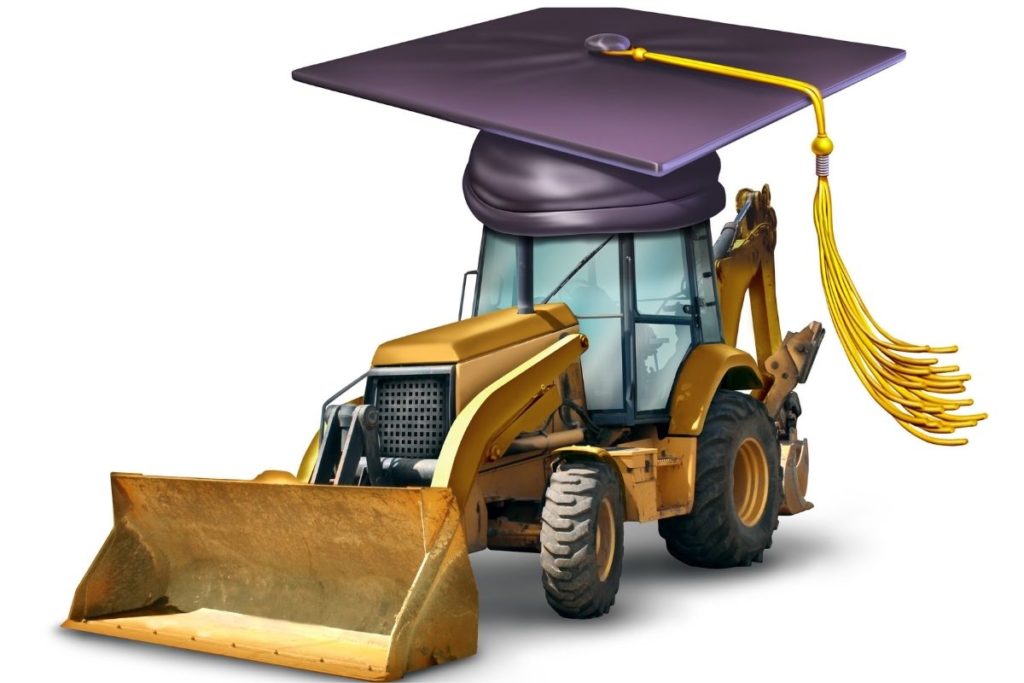This is the moment to start changing the way we think about schools in New Jersey. We can’t just keep doing business as usual. It’s too expensive, it’s too cumbersome and it continues the inequities across the state.
That’s Assemblymember Mila Jasey commenting on the breakdown in talks between Governor Murphy’s Office and the New Jersey’s School Development Authority, which is responsible for building and paying for facilities in low-income Abbott districts, now known as “SDA” districts.
Last year the School Development Authority, or SDA, was much in the news for corruption, nepotism, and buring through $12 billion in tax payer money. Things got so bad that Senate President Steve Sweeney suggested axing the agency and having the state Economic Development Authority take over construction responsibilities, an idea that Murphy rejected. But today Carly Sitrin reports in Politico that while the Governor, up for reelection this November, “continues to urge schools across New Jersey to reopen for in-person learning, and has expressed a desire to see all schools operating in classrooms in some form by the fall, conversations about the SDA have not picked up with the same urgency.”
There’s a reason for that lack of urgency. Last October NJ Ed Report summarized recent SDA projects:
- In Newark the SDA spent more than a quarter of a billion dollars to build schools for only 3,733 Newark children — an average of more than $70,000 per student. According to Tapinto, “the last three schools to open in Newark since 2016 — South Street School, Oliver Street School and Elliot Street School — cost an average of $515 per square foot. South Street, which was completed in 2018, cost $69 million or $669 per square foot, nearly 5 times the limits set by the Legislature.”
- Reconstructions of both Camden High School and Trenton Central High School cost $130 million each, paid for by the SDA. Total enrollment at Camden High, by the way, dropped from 540 students in 2017 to 387 students in 2019.
- Last year the SDA approved its largest single construction yet: “a new high school for Perth Amboy whose cost is estimated at between $210 million and $230 million. The three-story building is to provide 576,000 square feet for about 2,800 students.
- In Long Branch, the high school was ready for a $4.3 million renovation to prepare for predicted increases in enrollment . Once the SDA stepped in, the costs ballooned to $6.9 million, partly because the board of education decided to create a new high school academy, The School of Social Justice. But guess what? Enrollment has not increased, which was the original premise for the expansion. (And it seems to me the board ought to be more concerned with the fact that only one out of four third-graders can read at grade level, a critical benchmark for future academic success, and only 15% of 10th-graders meet or exceed expectations in Algebra 1.
A year before that, then-Camden Superintendent Paymon Rouhanifard tweeted out,
So often the conversation about underfunded schools focuses on per pupil spending. Yet poor conditions inside of schools – like those recently described by a report on Providence – have more to do with capital investments, which is distinct from per pupil dollars.
3/
— Paymon Rouhanifard (@Rouhanifard) July 8, 2019
Sitrin reports,
“While lawmakers and the governor’s office debate what to do with the authority, the state Supreme Court is considering a motion that would compel Murphy’s administration to fund the SDA.
The court dismissed a similar motion last April as “premature,” expecting that Murphy and the Legislature would authorize additional school construction funding in the fiscal year 2021 budget. However, that budget did not contain any increases in school construction funding so the Education Law Center has brought the issue back to court.
In his FY 22 budget proposal, Murphy is seeking $200 million to replace borrowing for SDA projects. He’s also asking for $75 million to create a new Capital Maintenance and Emergent Needs Grants program at the SDA.
It’s unclear whether that would be enough to meet the needs of New Jersey’s schools.”


